1. On the main menu, click Billing, then Charges and Payments, then the next Charges and Payments.
2. Select a patient by typing in their Patient Chart number, or clicking the magnifying glass and looking up a patient. Next hit Tab (on your keyboard), and the cursor will move to the Billing number field. This field should auto-populate with the next higher number (each new billing will be 1 greater than the previous).
3. Tab again and the cursor will move to the Created field. At this time the program will auto-populate the Created field using the “Default entry date” (see session 1, User Preferences). At the same time, the Provider, Co-Pay, and possibly Location, will auto-populate using information entered in the patient’s record and the provider’s record.

4. As seen above, there should be a check mark in the Bill column, next to Patient and the Insurance. The first “transaction detail” line will also appear with a Date From and Date To, and the Provider field should also have auto-populated.
5. The Billing Status Code is a free-form field, that is available for your filtering purposes. That means you can create your own custom “Billing Status Code” values and use that as a criterion for including or excluding a billing when printing claims or running certain reports.
6. An example would be creating a code such as HOLD. When printing claims you could exclude “Billing Status Code: HOLD” and prevent any claims with that status code from printing. On the flip side you could reprint all claims with “Billing Status Code: HOLD” to rather then reprinting all claims.
7. Getting back to the “transaction detail” lines, click in the Diagnosis field, you can either type in the diagnosis (ex: 402.91, as long as it has been entered into the diagnosis codes list already), or click the magnifying glass that will appear and lookup an existing code. If the diagnosis code has not already been entered, you can add one on-the-fly by clicking the magnifying glass, then the Add… button (see the first section of this session for help with adding new diagnosis codes).
8. To move to the next field hit Enter (on your keyboard) or click in the TX Code field. Just like the Diagnosis field, you can enter the CPT Code if you know it (and it has already been entered in the Transaction Codes list), or click the magnifying glass to look up an existing code.
9. Enter any Modifiers (M1, M2, M3, M4, etc… if required), a Place of Service, which is the PoS column (see item 9 of the Entering New Transaction Codes section of this manual), the charge Amount (if it did not pull from the Fee Schedule, or was not set on the Procedure Code’s default), and the Units.
10. You can add additional detail lines by hitting Insert (on your keyboard), or click the Detail button, then click Add.
11. Click Save when finished.
12. Also, with any of the detail lines highlighted, you can hit F4 (on your keyboard), or click Detail, then More Detail, for additional line item options and information.
13. You can also see more Billing level information by hitting F8 (on your keyboard), or click the Billing button, then Bill Options. Here you will find tabs for the Primary, Secondary, and Tertiary Insurance information, and 3 additional Billing Information tabs. The Claim Form Box 8 and Claim Form Box 9 fields are not currently used.

14. If any additional information was entered, click OK to return to the Charges and Payments screen, then click Save when finished.

